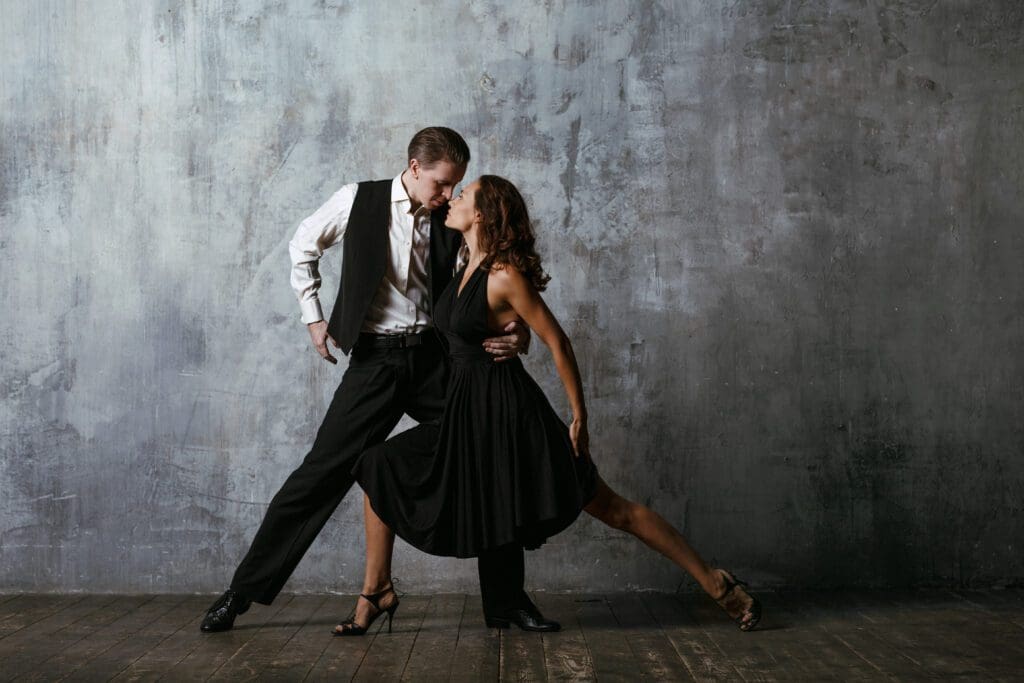Bolero
Bolero History
The Bolero, a dance with a rich and romantic history, originated in Spain but evolved uniquely in Cuba:
Spanish Origins:
- The Bolero began in 18th-century Spain as a slow, expressive dance in 3/4 time.
- It was originally a folk dance and gradually became a popular court dance.
Cuban Evolution:
- In the 19th century, the Bolero reached Cuba, where it transformed significantly.
- The Cuban Bolero slowed down and adopted a 2/4 or 4/4 time, distinct from its Spanish version.
Romantic Style:
- The Cuban Bolero became known for its romantic, sensual style and lyrical movements.
- It often featured themes of love and passion, becoming a dance of expression and emotion.
International Spread:
- In the 20th century, the Bolero spread to other Latin American countries and the United States.
- It became part of the repertoire in ballroom dancing, blending elements of Waltz and Rumba.
Modern Adaptation:
- Today, the Bolero is a staple in both social and competitive ballroom dancing.
- It’s appreciated for its smooth, flowing motions and expressive interpretation of music.
In summary, the Bolero, originating from Spain and evolving in Cuba, is now celebrated worldwide for its romantic and expressive qualities, bridging folk roots with ballroom elegance.
Bolero Characteristics
The Bolero is a slow, romantic dance known for its smooth, sliding movements and dramatic, expressive poses. It features a unique blend of controlled, sustained motions and subtle rises and falls, often set to a sentimental, lyrical melody. This dance emphasizes a close connection between partners, making it a showcase of elegance and emotion.
Bolero Music Information
The Bolero, known for its romantic and emotional quality, is set to music with distinct characteristics:
Time Signature: Traditionally, Bolero music is in a 4/4 time signature, though some compositions may use 2/4. This creates a steady, rhythmic beat.
Tempo: The tempo is typically slow and steady, allowing for the dance’s smooth, flowing movements. It usually ranges between 96 and 104 beats per minute (bpm).
Rhythmic Pattern: Bolero music is marked by a consistent, soft rhythm that emphasizes the first beat of every measure, contributing to the dance’s sensuous and controlled style.
Melodic Style: The melodies in Bolero music are often romantic and emotional, complementing the dance’s expressive and dramatic nature.
Instrumentation: Common instruments in Bolero music include strings, piano, and sometimes guitar, providing a rich, layered sound that enhances the dance’s elegance and intensity.
These musical elements together create the Bolero’s signature atmosphere, making it a dance that is as much about conveying deep emotion as it is about rhythm and technique.
